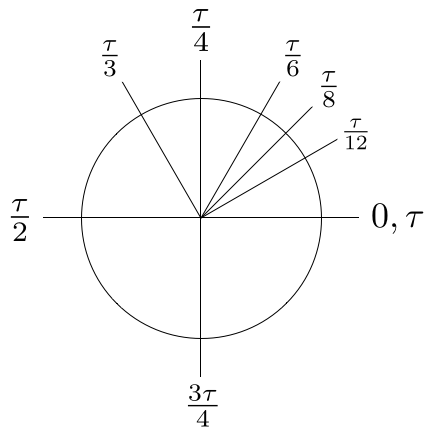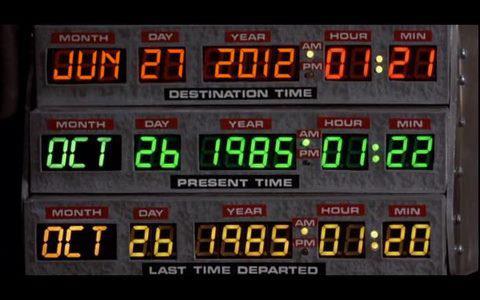Apologies for links to political blogs. There’s some math here. The question is, what is the probability that one person could have survived two mass shootings (e.g., Gilroy and Las Vegas) ?
One fellow provides this calculation:
Las Vegas 2017 attendance: 20,000
Gilroy 2019 attendance: 80,000I don’t know how many attendees were actually physically present at each event at the time of the shootings, but I’ll assume two thirds, so 14,520 and 52,800.
Proportion of US population present at LV shooting: 14,520 / 350,000,000 = .000041 or .0041%
Proportion of the population NOT at LV is the inverse or 99.9959%
Likelihood of one person being at both events is then: 1 – (.999959^52,800). Which is 88.8%. The number of times this apparently happened is 3, so it’s 0.888^3, or 70%.
In other words, through purely random chance it is more likely than not that 3 people who were at the LV 2017 shooting would also be present at the Gilroy shooting.
another fellow, who is a member of Mensa, provides this calculation:
The Gilroy Garlic Festival is a three-day event, so that 80,000 is reduced to 26,667 before being reduced another one-third as per Uncephalized’s assumption to account for the timing of the event. This brings us to an estimated 17,787 people present at the time of the shootings. Note that reducing the estimated 20,000 Las Vegas attendance by the same one-third gives us 13,340, not 14,520.
[…]
Gilroy probability: Dividing 17,787 by 350,000,000 results in a probability of 0.00005082, or one in 19,677.
Las Vegas probability: Dividing 13,340 by 350,000,000 results in a probability of 0.00003811428, or one in 26,237
Gilroy AND Las Vegas probability: Multiplying 0.00005082 by 0.00003811428 results in a probability of 0.0000000019369677096, or one in 516,270,868.
Someone posits in a comment to the second calculation, meekly, that perhaps the problem is analogous to the “birthday problem“. The Mensan responds:
No. That’s not relevant here because there is no equivalent to the finite number of birthdays in a year.
I’m personally not smart enough to be admitted to Mensa. However, it seems to me that the number of people in the United States is a finite number.





